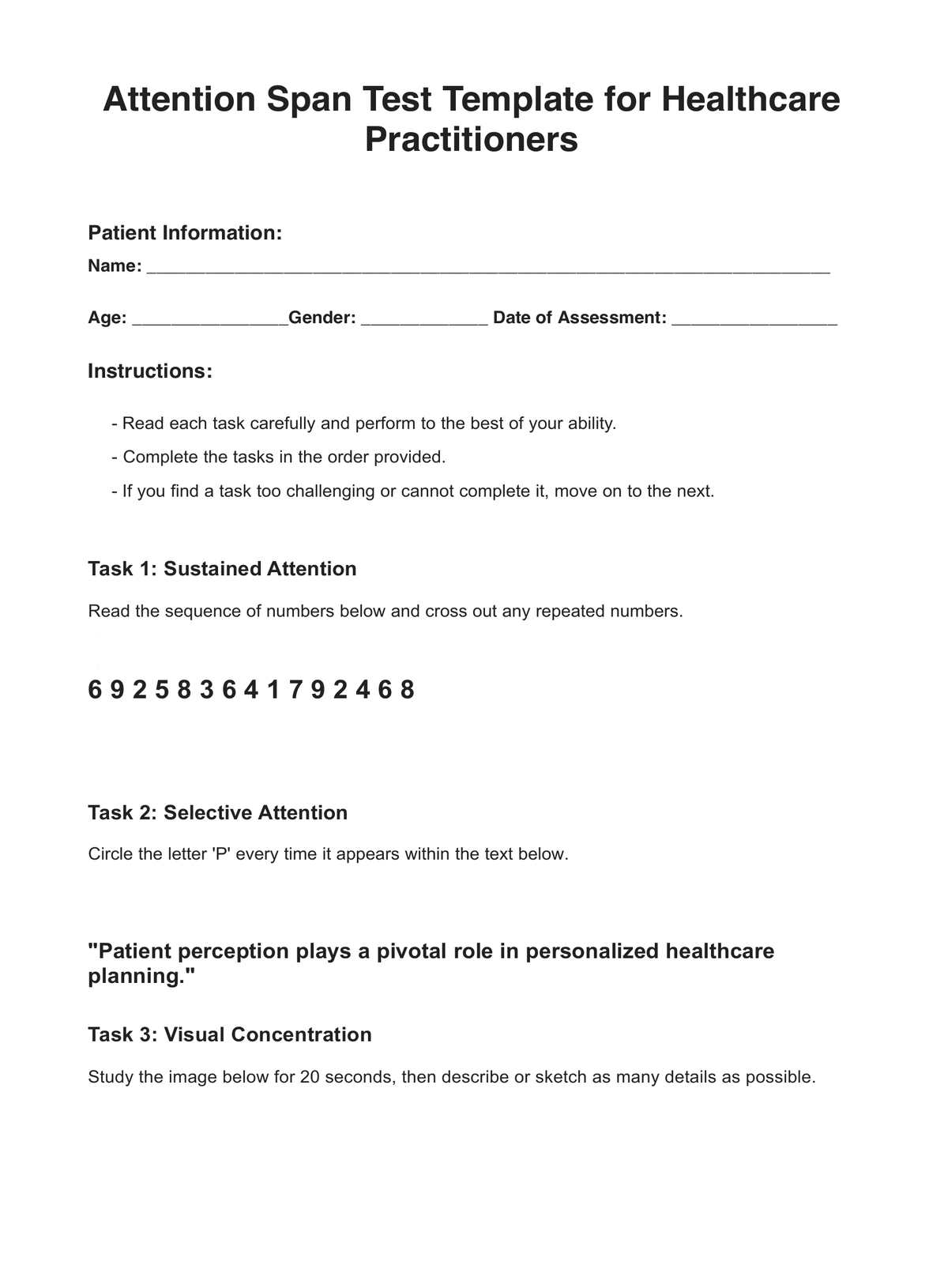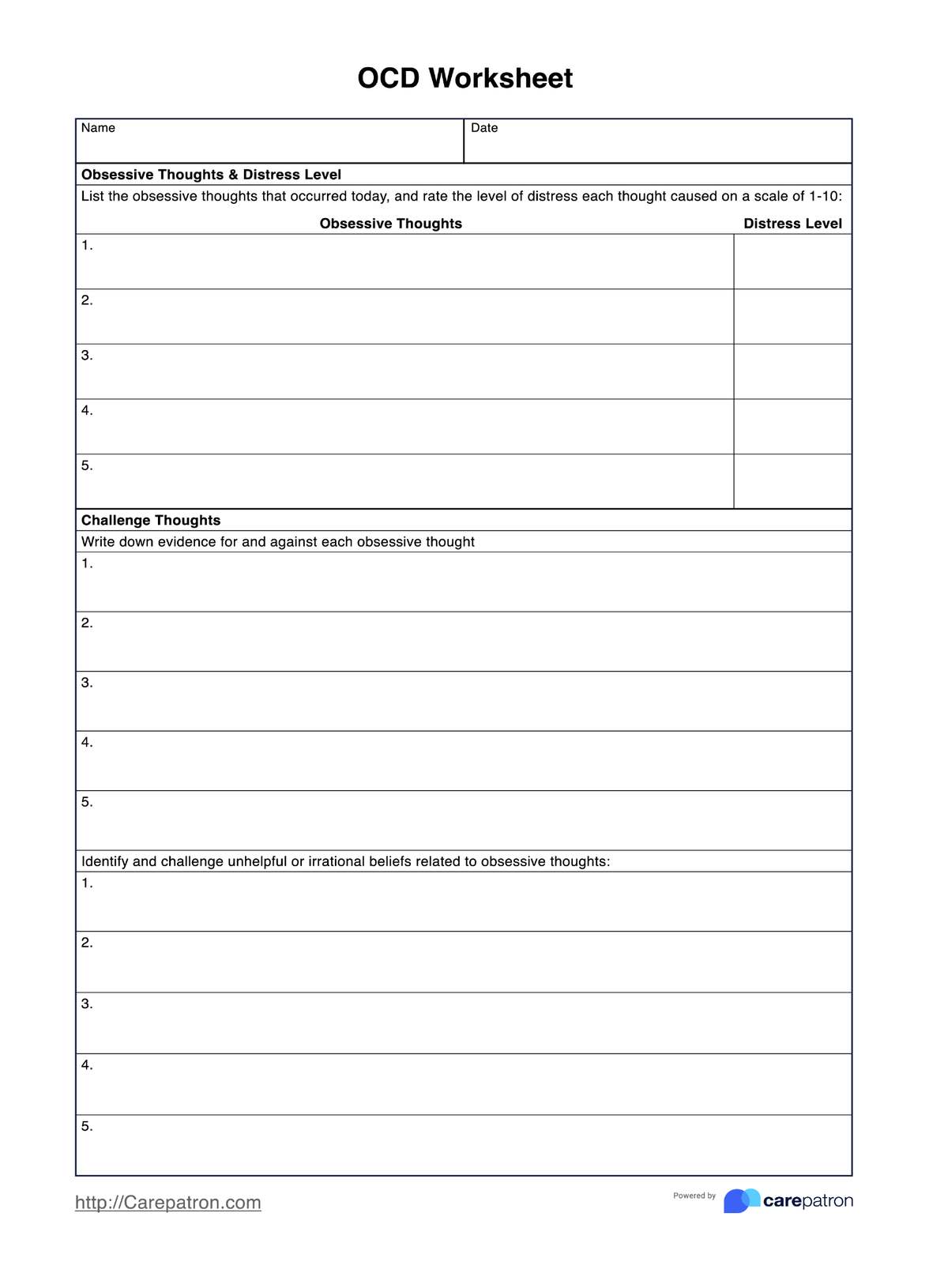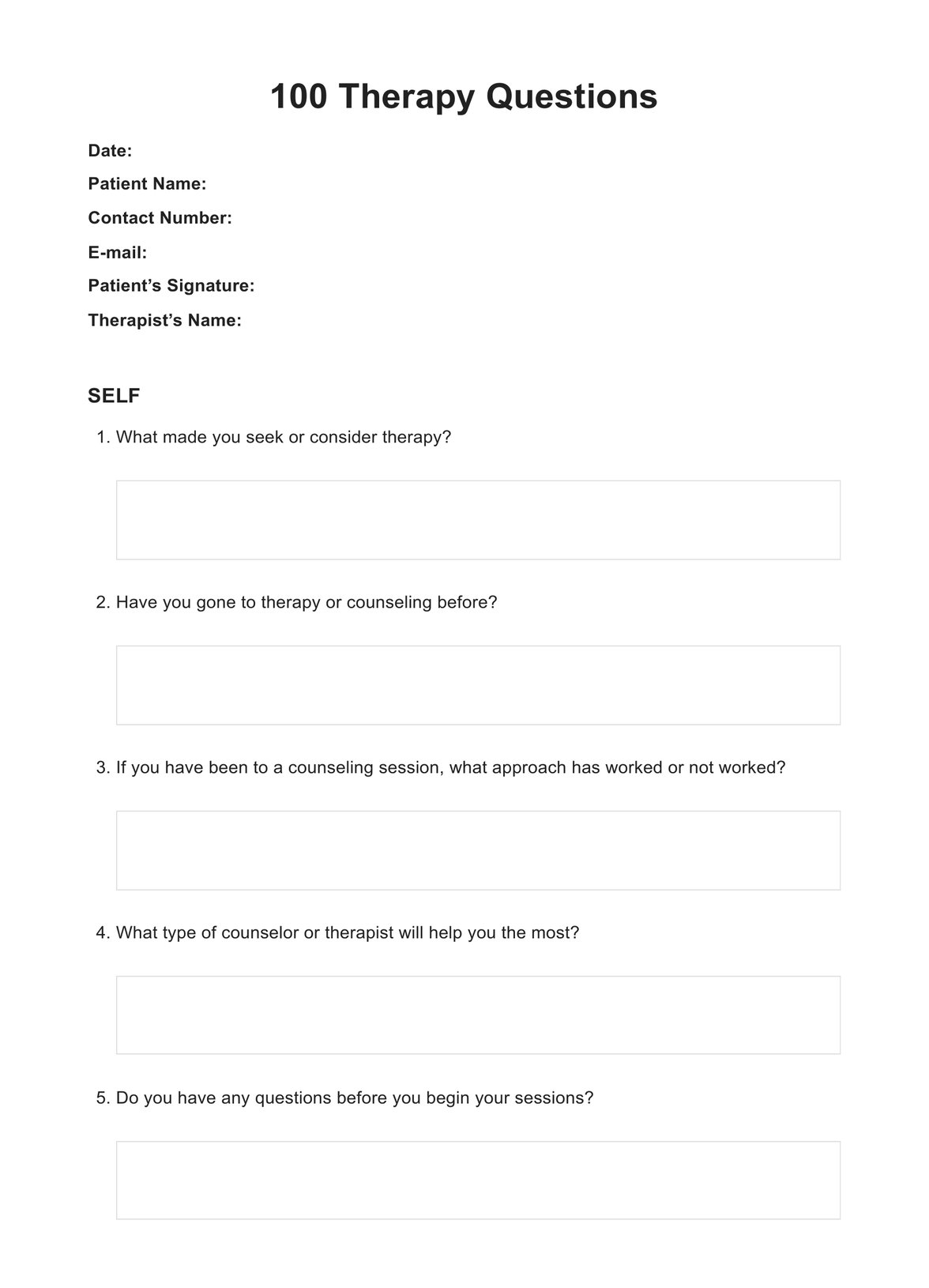Vineland Adaptive Behavior Scale
Learn more about the comprehensive Vineland Adaptive Behavior Scale, which assesses adaptive behaviors in individuals and provides targeted support.


What is adaptive behavior?
Adaptive behavior concerns the age-appropriate behaviors necessary for independent living and safe, appropriate daily living skills. It includes a variety of skills and behaviors, from basic self-care to complex social and practical abilities.
These skills enable individuals to fulfill their needs, ensuring effective interaction and interpersonal relationships. They also help individuals adapt to the ever-changing demands of their environment, facilitating a well-rounded and productive life.
What does it mean to have adaptive behavior?
Adaptive behavior involves possessing the skills necessary for independence and social responsibility. This encompasses performing daily tasks, communicating effectively, and interacting socially. It also includes solving problems and making decisions contributing to personal well-being and societal integration.
Such behavior indicates an individual's capacity to adapt to changes, learn from experiences, and apply knowledge across various contexts. This adaptability is crucial for leading a productive and fulfilling life.
Why is it important for people to have adaptive behavior?
Adaptive behavior is crucial for people because it determines their ability to function independently in society. It impacts educational, vocational, and social success, enabling individuals to navigate life's challenges effectively. Without this, an individual may struggle with self-care, social interactions, and workplace demands, leading to difficulties in achieving a fulfilling and autonomous life.
What are examples of adaptive behavior?
- Self-care skills: Personal hygiene, dressing, eating, and ensuring personal safety.
- Communication skills: Expressing needs and desires effectively, understanding and responding to others.
- Social skills: Making friends, cooperating with others, respecting social norms, and displaying empathy.
- Practical skills: Managing money, using public transportation, shopping, and household tasks.
- Problem-solving skills: Identifying problems, generating solutions, and making decisions based on reasoning and past experiences.
What problems can the lack of adaptive behavior lead to?
The lack of adaptive behavior can lead to several challenges and problems across different areas of life. It may result in difficulties in:
- Independence: Individuals may struggle with basic self-care tasks, such as dressing, grooming, and feeding themselves, leading to a reliance on others for daily living activities.
- Social integration: Forming and maintaining relationships can be challenging without appropriate social and communication skills, often resulting in isolation and loneliness.
- Employment: Difficulty understanding and following workplace norms and tasks can make securing and retaining employment problematic.
- Educational achievement: Struggles with learning, problem-solving, and applying knowledge in new situations can impact educational success and personal development.
- Safety: A lack of awareness and understanding of potential dangers in the environment can increase the risk of accidents and harm.
- Mental health: Challenges in adapting to change and coping with stress may lead to increased anxiety, depression, and other mental health issues.
- Legal and ethical decision-making: Difficulties in understanding social rules and laws can result in socially inappropriate or even legally problematic behaviors.
Addressing these adaptive behaviors is crucial for enhancing an individual's ability to function and thrive in various aspects of life.
Vineland Adaptive Behavior Scale Template
Vineland Adaptive Behavior Scale Example
What is the Vineland Adaptive Behavior Scale?
The Vineland-3 scale is a meticulously designed instrument that plays a critical role in evaluating adaptive behavior across various life stages, from infancy to adulthood. Here is an overview of these domains and their specific focus areas:
Communication
This domain explores an individual's ability to express their needs, thoughts, and ideas effectively through verbal and non-verbal communication. The subdomains are:
- Receptive: This subdomain evaluates how well an individual listens, pays attention to, and understands information, indicating their capacity to receive and process verbal communication.
- Expressive: It assesses the ability to use words, sentences, and gestures for effective communication, reflecting how individuals express themselves verbally.
- Written: Focuses on the individual's proficiency with reading and writing, including letter-word recognition and composition skills.
Daily living skills
This domain evaluates an individual's capability to perform routine tasks necessary for independent living. The subdomains are:
- Personal: Examines self-care activities, such as eating, dressing, and personal hygiene, highlighting independence in personal care.
- Domestic: Relates to the ability to perform household tasks and responsibilities, contributing to the functioning of one’s living environment.
- Community: Assesses the individual's skills in navigating community settings, managing time, money, using communication devices, and understanding employment-related tasks.
- Numeric: This subdomain assesses skills related to numerical understanding, including basic math concepts and operations. It’s critical for gauging how students manage numerical information in school and daily life scenarios. This subdomain is only available in the teacher forms.
- School: Focuses on the individual’s ability to adapt and function within the school environment, covering aspects such as following school routines, adhering to classroom rules, and interacting appropriately with peers and staff. Like the numeric subdomain, this is specifically designed for assessment by teachers.
Socialization
The socialization domain evaluates the individual's interpersonal skills and relationships. It includes the following subdomains:
- Interpersonal relationships: Looks at the quality of interactions and relationships with others, including the ability to make and maintain friendships.
- Play and leisure time: Evaluates how individuals engage in play and leisure activities, indicating their ability to use free time constructively.
- Coping skills: Assesses the individual’s responsibility, sensitivity, and empathy towards others, reflecting on their coping mechanisms in social contexts.
Motor skills
The motor skills domain assesses the individual's ability to coordinate and control their movements. It includes the following subdomains:
- Gross motor: Concerns about the coordination and use of large muscle groups for activities like walking and jumping.
- Fine motor: Focuses on the dexterity and coordination of small muscle movements, particularly in the hands and fingers, for tasks requiring precision.
Maladaptive behavior index
The maladaptive behavior index evaluates the individual's disruptive or harmful behaviors that may interfere with their daily functioning. It includes the following subdomains:
- Internalizing: Assesses behaviors that are directed inward and may manifest as anxiety, depression, social withdrawal, and somatic complaints. These behaviors are not always visible to others but significantly affect the individual's psychological well-being.
- Externalizing: Focuses on behaviors that are directed outward, such as aggression, noncompliance, and disruptive actions. These behaviors are observable and can impact both the individual and those around them.
- Critical items: Highlights specific, severe maladaptive behaviors that require immediate clinical attention. This subdomain is crucial for identifying behaviors that may pose a risk to the individual or others and necessitate prompt intervention.
How is this scale scored?
The Vineland Adaptive Behavior Scales, Third Edition scoring employs a detailed and structured approach to evaluate an individual's adaptive functioning across various domains. This can be administered through a semi-structured interview with a caregiver or family member, or via questionnaires completed by individuals familiar with the person being assessed, such as parents, teachers, or care providers.
Here's how the Vineland-3 is scored:
- Assessment format: The Vineland-3 offers several administration formats, including interview forms, parent/caregiver forms, and teacher forms. Each format captures the most relevant information based on the respondent's relationship to the assessed patient.
- Item scoring: Each item on the Vineland-3 is scored based on the respondent's observation of the individual’s performance of daily living skills, communication abilities, socialization, motor skills, and maladaptive behaviors. The scoring criteria consider the observed behaviors' frequency, quality, and independence. Scores typically range from 0 to 2, where:some text
- 2 indicates the behavior is performed adequately and independently,
- 1 suggests partial performance or the need for assistance, and
- 0 means the behavior cannot be performed or is not applicable.
- Domain and subdomain scores: The scores for individual items are totaled to calculate subdomain scores, which are then aggregated to determine domain scores. The process is designed to highlight both strengths and areas needing support within these domains.
- Adaptive behavior composite (ABC): The scores from the primary domains (excluding the Maladaptive Behavior Index) are combined to compute an overall ABC score. This composite score provides a summary measure of the individual's general adaptive functioning.
- Maladaptive behavior index: If assessed, maladaptive behaviors are scored separately to produce the Maladaptive Behavior Index, which includes the Internalizing, Externalizing, and Critical Items subdomains. This index offers insights into behaviors that may interfere with the individual's adaptive functioning.
- Standard scores, percentiles, and age equivalents: Scores are translated into standard scores, percentile ranks, and age-equivalent scores to facilitate comparison with normative data. Standard scores and percentiles help to contextualize the patient's abilities relative to a normative sample, while age equivalents can provide a more intuitive understanding of the individual's functioning level in comparison to typical developmental milestones.
- Interpretation: Professional interpretation of the Vineland-3 scores is crucial. It involves analyzing the numerical scores and understanding them within the context of the individual's life circumstances, environmental factors, and overall developmental trajectory.
Commonly asked questions
This scale is versatile and can assess individuals of all ages, from infants to adults, who may have developmental, cognitive, or emotional challenges. It's particularly helpful in diagnosing and understanding the abilities of those with developmental disabilities, autism spectrum disorders, and other intellectual and developmental disabilities.
The scale can be administered through interviews with caregivers or teachers, or by self-report for older children and adults. It offers various forms, including parent/caregiver interviews and teacher rating forms, to accommodate different assessment needs.
The results can inform treatment planning, educational placements, and intervention strategies. Professionals can tailor support to promote independence and social integration by identifying strengths and areas for improvement.


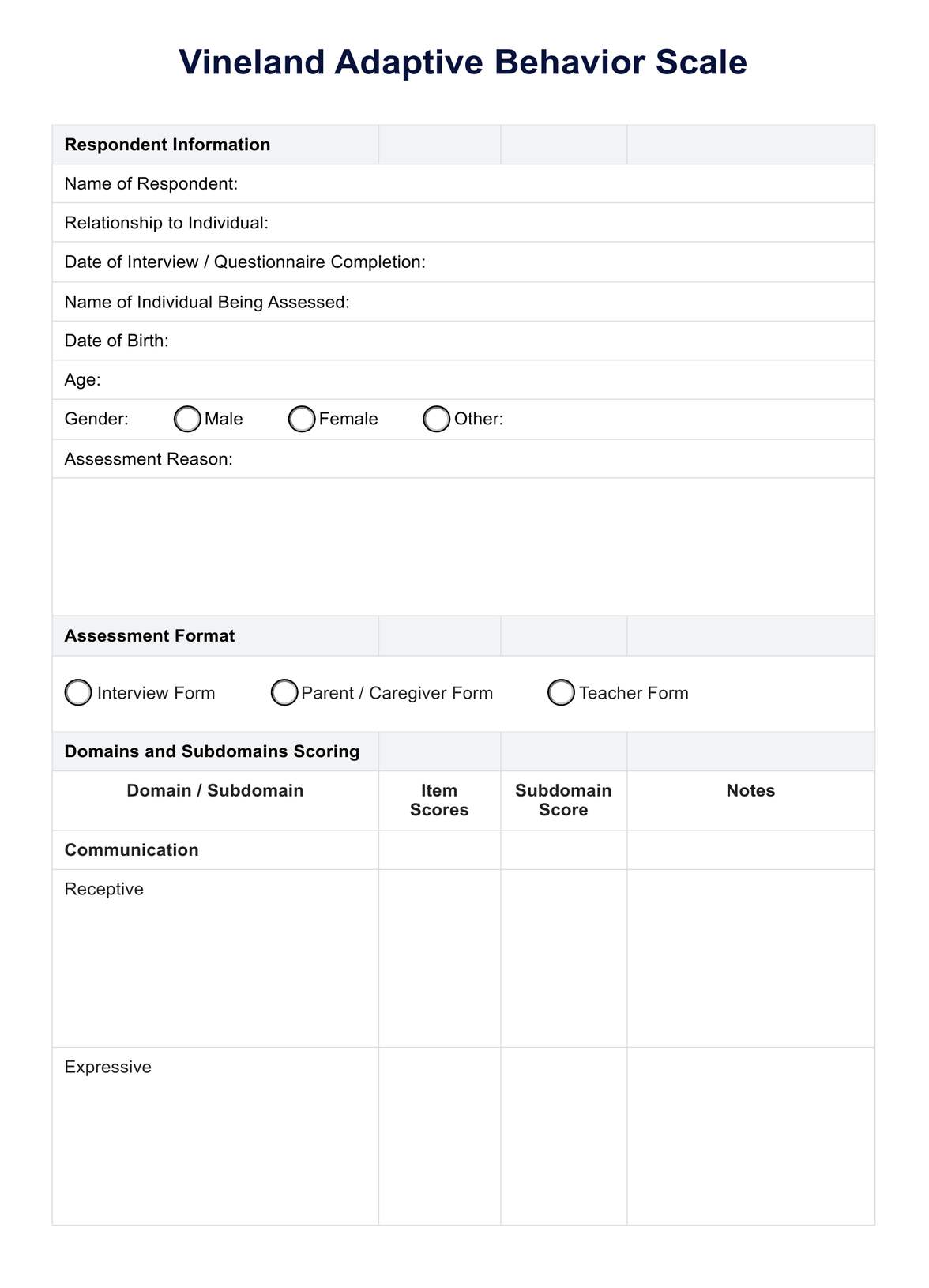
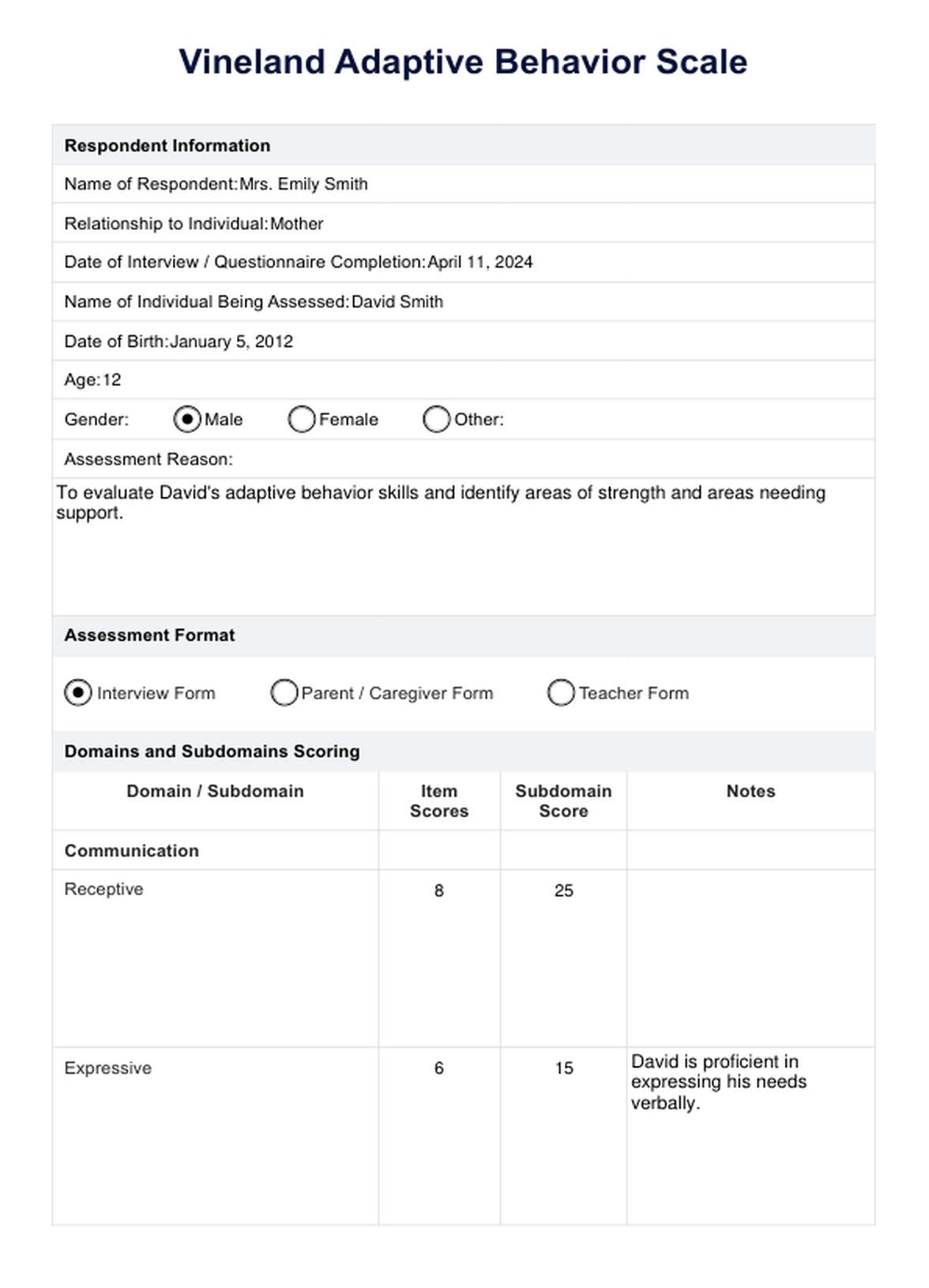

















-template.jpg)


























































































